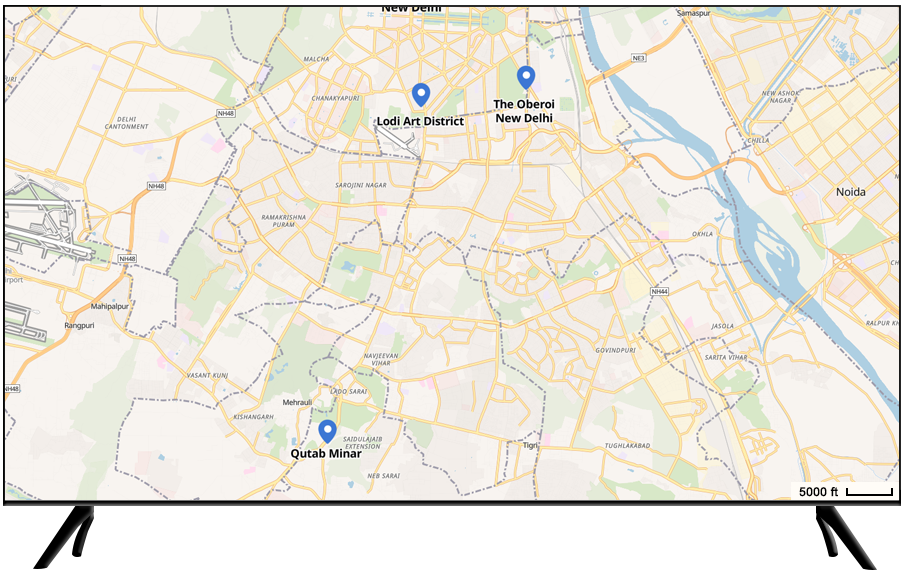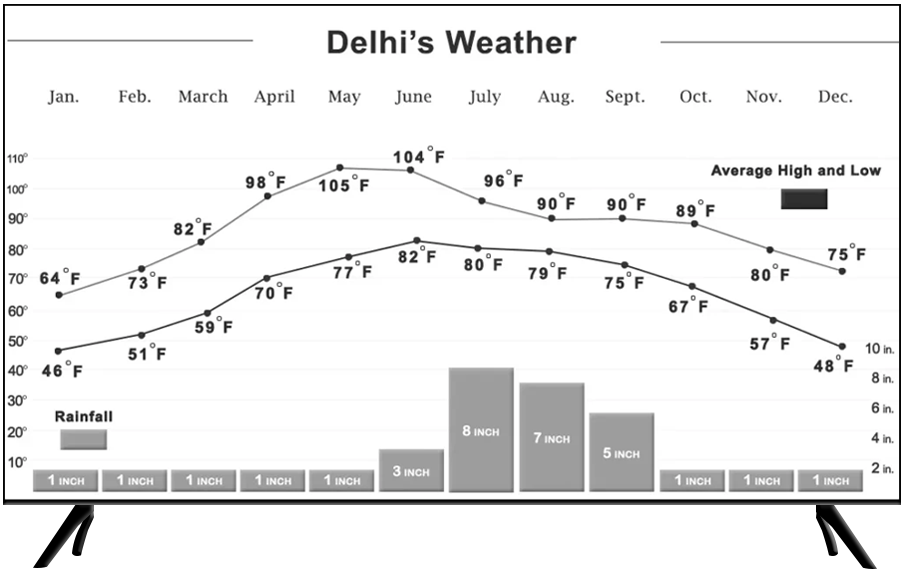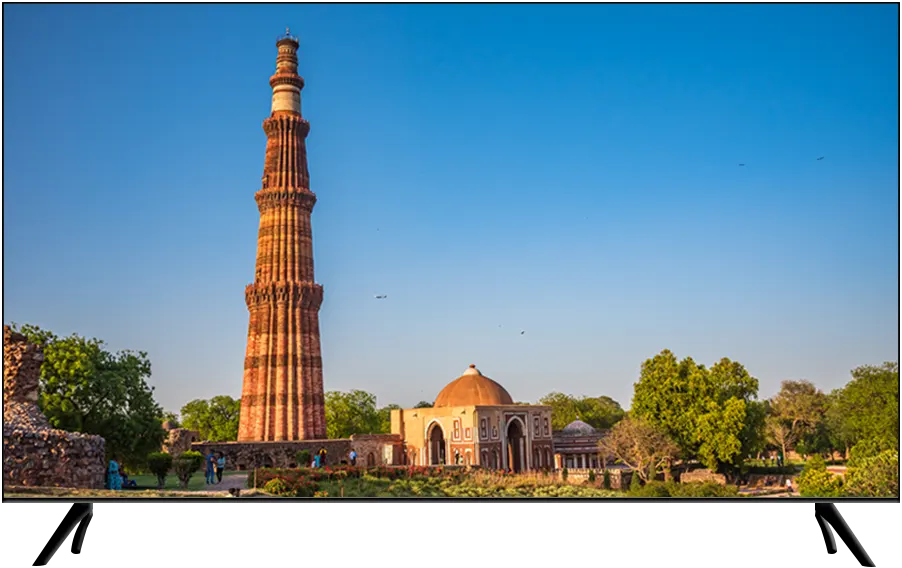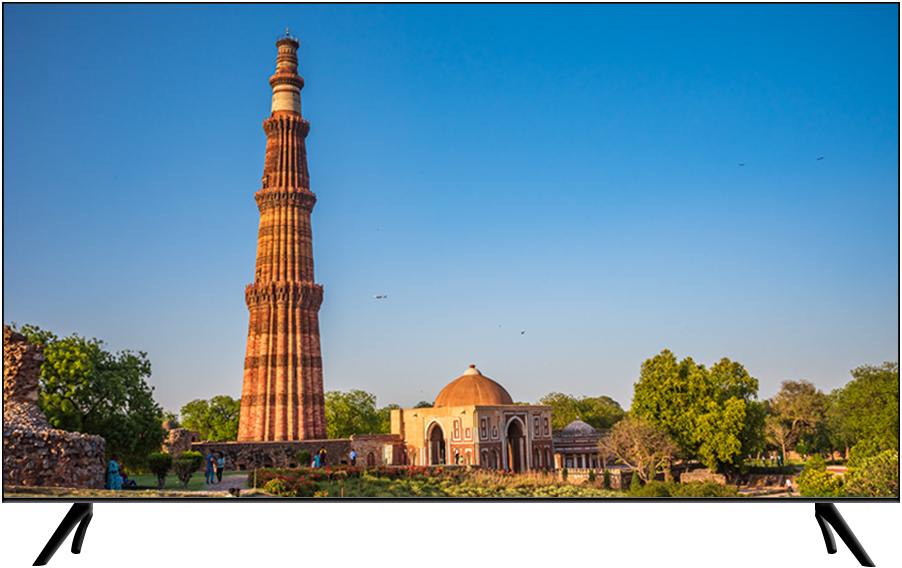



Day 2. Delhi
Overnight – The Oberoi New Delhi
Start your day with a conversation with a senior chef at your hotel after you enjoy a breakfast that includes a large selection of Indian and western offerings, including scores of made to order options. You will be given an introduction to common Indian spices, and learn how they add flavor and color while providing health benefits. During breakfast the hotel chefs will ask for your preferences on which ingredients you want to focus on for your paratha dinner on this day, and this practice will go on for the rest of your culinary journey with us.
Please note that most of our guests on our culinary and other journeys do not want 3 full meals during their travels. Indian breakfast foods can be rich and there is such a large variety and assortment of delicious Indian and western foods that are on the lavish buffet as well as available to order, that most guests will skip lunch, or ask for a banana, an apple, or something similar for lunch. If you do get hungry during the morning or early afternoon, your expert guide will recommend options for a full lunch during your sightseeing.
Delhi has more amazing culinary options than any other city in India and we will only be able to introduce you to some of the local cuisine’s highlights during the three full days you will spend here. The food you will experience and learn about here will include some of the amazing street food that Delhi is famous for, but your street food experiences will all be with the expert chefs at your luxury hotel, thereby avoiding the extreme issues most American stomachs would be guaranteed to suffer if they actually ate on the streets.
Begin your exploration of India in the mid-morning with a drive to one of Delhi’s three UNESCO World Heritage Sites, the awe-inspiring 12th century Qutab Minar. Delhi has over 500 ancient structures strewn over its vast expanse. In terms of amazing achievements of man from almost a millennium ago the Qutab Minar is unmatched in its architectural brilliance and longevity. This 240 ft tall tower is a symbol of victory and a spectacular example of Persian architecture, with intricate carvings and gorgeous inlaid calligraphy.
Within the Qutab complex, amidst the ruins of the Quwat-ul-Islam Mosque, stands the legendary 2500-year-old Iron Pillar. The pillar stands 23 feet and 8 inches tall, weighs about 7000 pounds, and has inscriptions that are still legible to a great extent. This massive cast iron structure is said to have been moved from its distant cave shelter to Delhi around the 12th century.
Next you will be driven to the beautiful Lodi Gardens. This massive garden complex is spread over 90 acres of priceless real estate in the heart of Delhi, and contains the tombs of various rulers of the Pashtun Dynasty that ruled much of Northern India during the 16th century. There are lush lawns and a plethora of flowers and plants mixed in with all the monuments.
Very near the gardens is the Lodi Art District, your last destination before returning to your hotel. Delhi isn’t famous for its street art and murals, and the large amount of street art found all over this upscale part of the city will both surprise and delight you. The subject matter ranges from quirky to distinctly ethnic Indian and there will be surprises around every corner. A google presentation on the Lodi Art District – https://artsandculture.google.com/exhibit/lodhi-art-district-st-art-india/NQKi787tb1GHJA?hl=en.
Return to the Oberoi in the late afternoon and, after you freshen up, a tailor will take measurements for your traditional Indian apparel, which will be expertly tailored and presented to you at Jaipur. You will be shown options for colors and other customizable elements and can select based on your preferences. These garments will be made of fine materials and will make some of the special experiences on your exploration even more memorable.
Paratha Cooking Lesson and Dinner: Your chef instructor and F&B staff will start your cooking lesson journey with an introduction to the wonders of the North Indian Paratha, and the art of making it along with associated chutneys and other accompaniments.
Some of the scores of different types of parathas are popular breakfast items, others are among the most prevalent street food, while others are used as standalone meals or as accompanying breads with lunch and dinner. Although wheat flour is now used as the primary grain in over 98% of paratha’s served today in India and other nations, years ago the simple folk of India mainly used ancient and much healthier grains such as amaranth (rajgira), barley (jau), pearl millet (bajra), finger millet (ragi), and sorghum (jowar) in their daily preparations. Throughout your culinary exploration of India, you will be exposed to cooking with some of these ancient grains, although the ubiquitous wheat option will always be present for those who want it.
There are dozens of types of parathas and they can be made of one, or a combination of, grains. They are delicious plain but the most popular versions are stuffed parathas, which have the option of many different stuffing’s, most common among which are spiced potatoes, paneer, cauliflower and other vegetables, along with other options. Parathas, just like other Indian food, are always accompanied by a large assortment of delicious spicy pickles and chutneys, as well as other pleasures such as yogurt raitas. We feel that it is hard to beat a large dollop of fresh churned unsalted butter on top of a hot paratha! You will enjoy the fruit of your preparations as a filling dinner that you have helped prepare!

